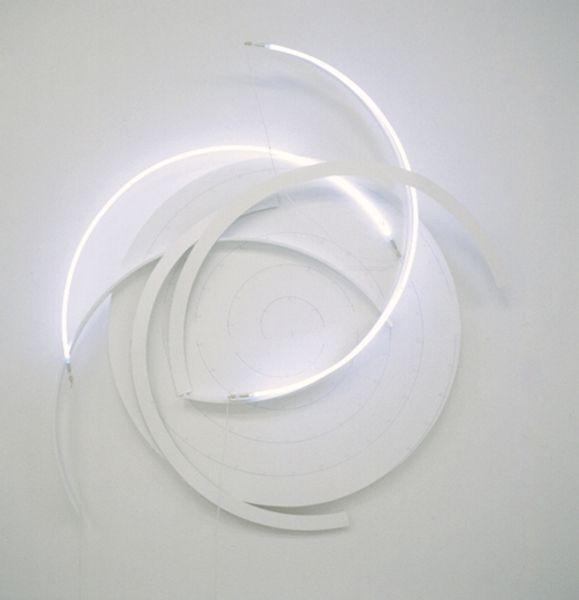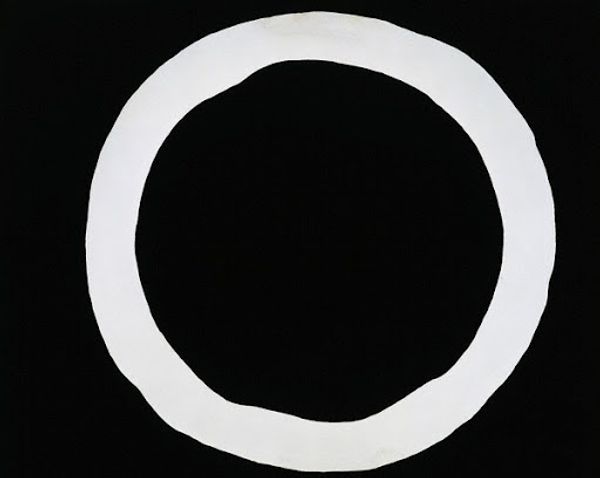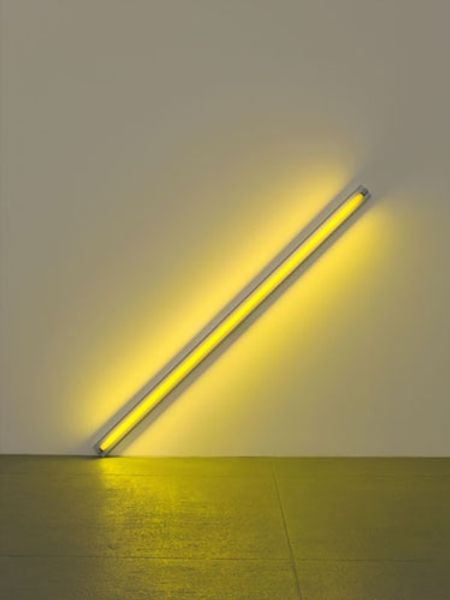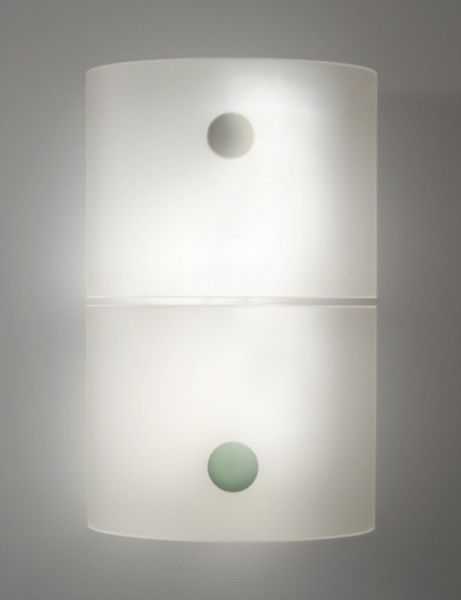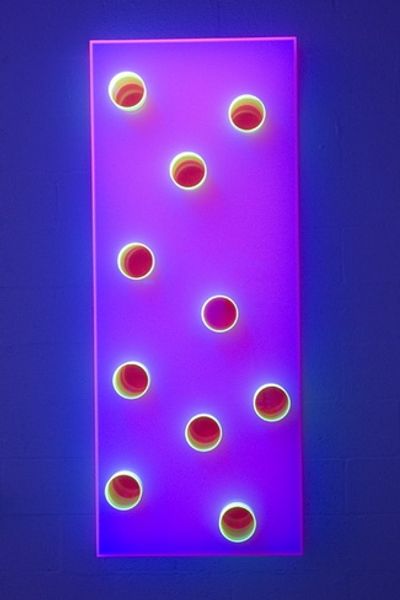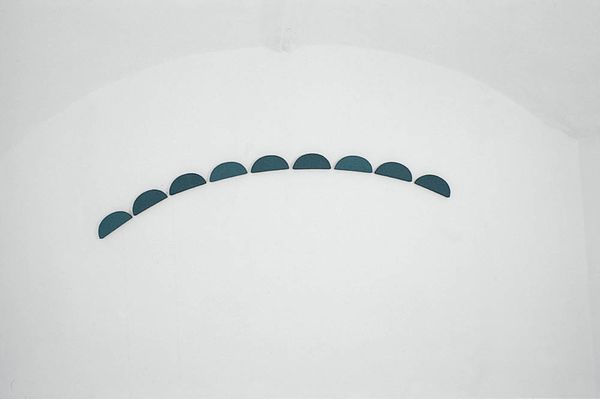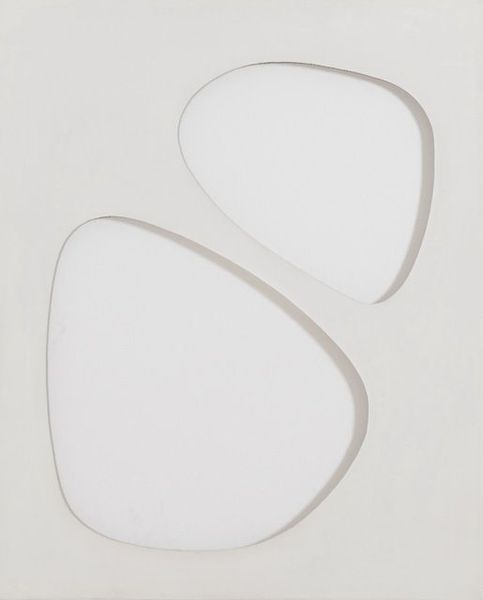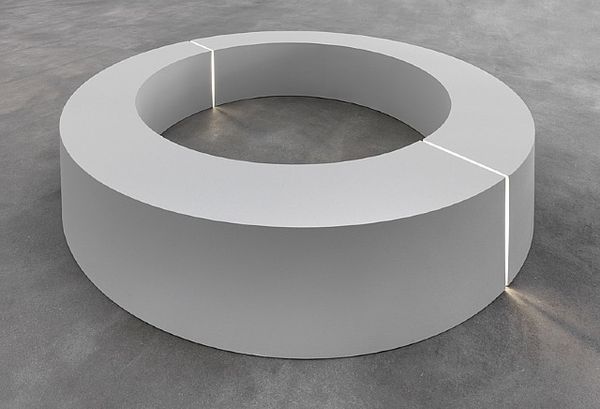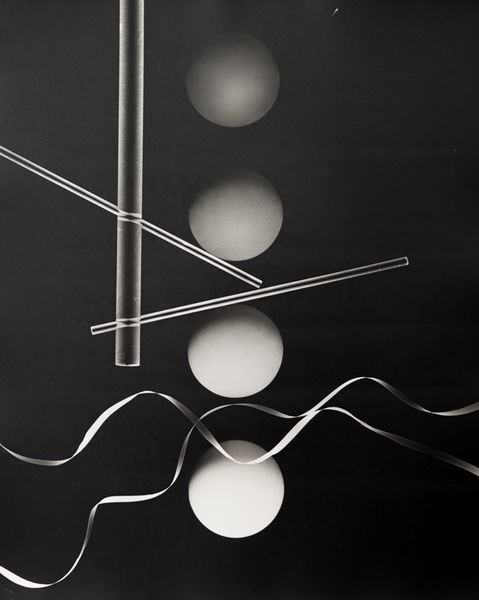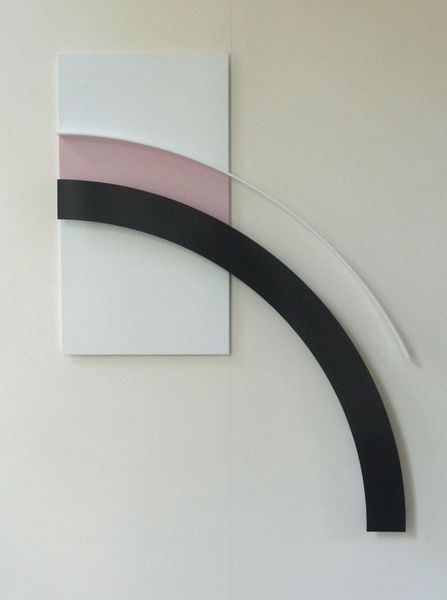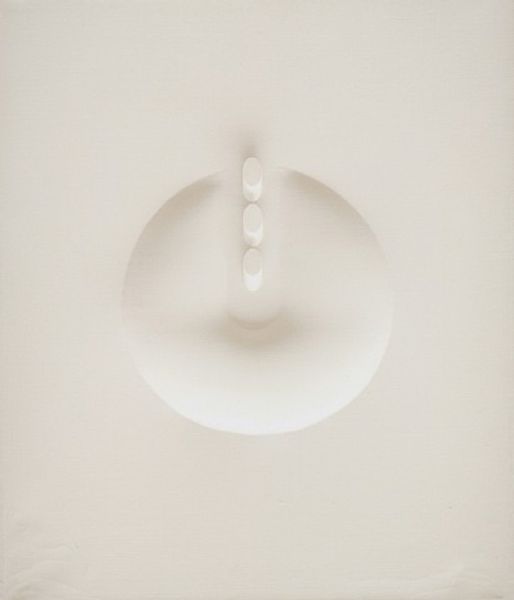
installation-art
light-and-space
minimalism
circle
geometric
installation-art
abstraction
Copyright: Francois Morellet,Fair Use
Editor: So here we have François Morellet's "Stall No. 5," from 2005, an installation piece featuring a large white circle partially illuminated by neon tubing. The cold, industrial feel is pretty striking, but I'm curious – what is your interpretation of this piece, focusing on the materials used and how they might reflect broader social themes? Curator: This piece strikes me as a direct comment on the means of art production. We have this perfect geometric form – a circle – rendered through industrial materials: neon and what appears to be painted metal or plastic. Morellet is calling attention to the labour and industrial processes necessary to create even the most seemingly simple abstract art. Consider the energy consumption inherent in neon lighting, a material often associated with commercial signage. Editor: So you’re saying he’s not just making abstract art, he’s commenting on the commercial or industrial systems that make art possible? Curator: Exactly. Think about the tension between the "high art" status of installation and the "low art" associations of neon signs or utilitarian lighting. Morellet's deliberately exposing the support structure, the wiring. Where is it supposed to "go"? Editor: I see what you mean. It's not hiding the process, it’s making it visible. But, does the circular shape itself have a specific significance in that context? Curator: I'd argue that the circle is almost a red herring. It's a classic modernist form, suggesting perfection and order. But Morellet disrupts that, reminding us that this perfect form relies on imperfect, industrial processes and consumerist structures. The artist makes this even more blatant with the title ‘Stall No. 5’, which brings to mind notions of commerce and selling; is the work just something to be bought? Editor: So it’s almost a commentary on the commodification of art itself? Curator: Precisely. The piece challenges the clean, detached aesthetic often associated with geometric abstraction. Editor: I hadn’t considered that aspect before – how the very materials used contribute to this layered meaning. Thanks, that gives me a totally different perspective. Curator: It's about seeing beyond the surface and understanding the material conditions that underpin art's creation and consumption. A materialist reading reveals so much!
Comments
No comments
Be the first to comment and join the conversation on the ultimate creative platform.
